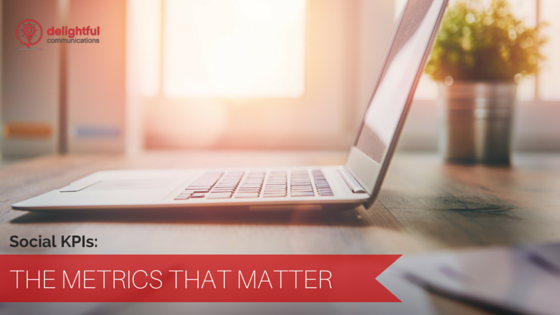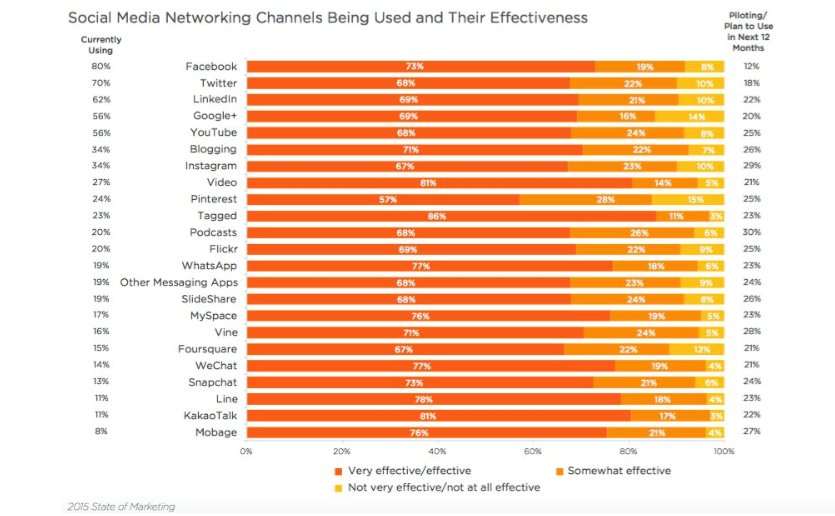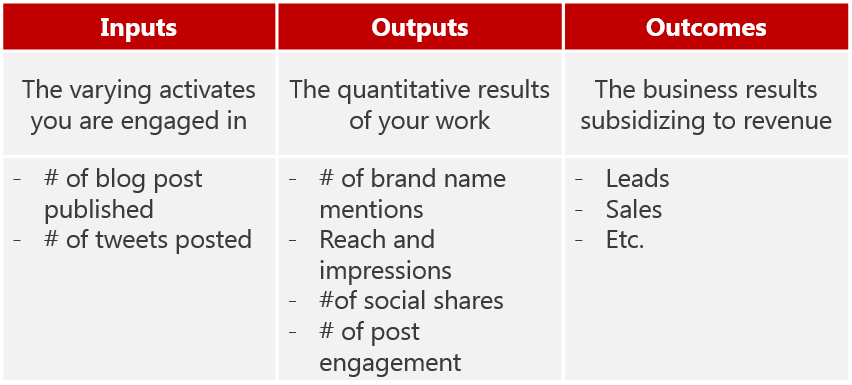A shift has occurred in Social Media KPIs (Key Performance Indicators). While we love audience growth, we are really working to increase engagement. We don’t just want likes, we want shares. Promotional messages have become routine, meaning focus is put on response rate and time.
So, what kind of customer data should we be concentrating on for improvement?

With some data and insights from bitly’s collaborative Ebook How to Improve Social Metrics That Actually Matter, let’s get started!
Don’t Just Talk. Listen and Respond.
Customers and Brands -> Looking at the stats:
- 32% increase in messages sent from customers to brands that require response
- 42% of customers who reach out to brands on social media expect a response within 60 minutes
- 8 in 9 of the messages sent to brands that require a response go unanswered within the first 72 hours
- 4x as many promotional messages are sent from brands as opposed to replies to inbound messages
In the flood of web based communication and social media, marketers are aiming to cut through the clutter and reach their customers. Yet as customers are increasing their interactions with brands via social platforms, brands seem to be focusing on promotional content and do not do an especially decent job of responding. Here lies an opportunity to focus and optimize interaction with your audience!
Leveraging Customer Data.
What is unsought will go undetected (Yes ancient Greek quotes are still relevant today!). Tapping into your customer data means tapping into accessibility, visibility, and efficiency. Not only do you familiarize and understand whom you are reaching, but you become equipped with the tools to reach them better.
1. Demographic & Targeting: Who is your audience?
Knowing who your audience is of upmost importance, and each social network and platform offers a unique set of characteristics to reach them. Are you shifting your content for each one? Is your audience really where you think they are?
2. Timing, timing, timing: When?
Present content during those moments when your audience is most engaged and interactive. When are they reaching out for information? When are they sharing? What outside events and occasions are curating conversations and driving action?
3. Content: Is it meaningful? Is it relevant?
Take a look at what your have out there already. Which content is performing the best? What is your audience most interested in? Construct modifications accordingly. Next: What trends resonate with your audience and how can you connect your business or product to them? In what ways can you join that conversation too?
And finally…
Building a Meaningful Measurement Framework.
Recent statistics say the top 3 most effective social platforms are Facebook, Twitter, and LinkedIn: friends, followers, and connections. Findings also suggest the most broadly used social metrics include social media traffic, audience engagement, and audience growth rate. How do you measure success?
Traackr’s course on Influencer Marketing stresses 3 categories when defining your influencer marketing metrics: inputs, outputs, and outcomes. We think this model is very inspiring as it reminds marketers to align their metrics with the business outcomes they want to achieve.
Using these categories, align your social measurement with your business goals, audit your social media channels, and determine what’s working and what needs to be improved. Pay attention to the style and formation of your profiles, photos, and designs, and position yourself as your own customer: how is your brand really being perceived?
Thanks for reading!
Andrea Rocha – Digital Marketing Assistant at Delightful Communications



